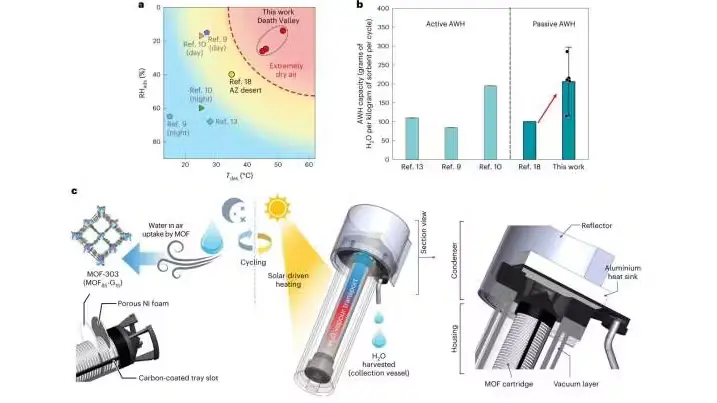Water scarcity presents a critical global challenge with far-reaching consequences for both human populations and the environment. As the world’s population continues to grow, coupled with factors like pollution, urbanization, and ineffective water management practices, the reality of water scarcity has become increasingly apparent in numerous regions across the globe. According to the United Nations, approximately 2.2 billion people currently lack access to safe drinking water, and by 2025, almost two-thirds of the world’s population could face water stress.
Insufficient access to clean water contributes to inadequate sanitation and hygiene practices, leading to the spread of diseases like cholera and dysentery. Additionally, water scarcity profoundly impacts agriculture and food production, as the ability to provide irrigation becomes progressively challenging. Consequently, this situation can give rise to food shortages, malnutrition, and economic instability. Furthermore, conflicts over water resources can emerge, exacerbating geopolitical tensions in already fragile areas.
In the battle against water scarcity, a range of technological advancements have emerged. Desalination, a process that extracts salt and impurities from seawater, has gained popularity in coastal areas grappling with limited water resources. Additionally, innovative methods of water recycling and reclamation have been deployed to maximize water reuse and minimize unnecessary wastage. Agriculture has also witnessed the adoption of drip irrigation systems and precision agriculture technologies, which aim to optimize water consumption.

Nonetheless, these technological solutions encounter their fair share of obstacles. Desalination, despite its effectiveness, demands substantial energy inputs and entails significant expenses when implemented on a large scale. Furthermore, it generates brine waste that, if not managed properly, can pose a threat to marine ecosystems. Water recycling and reclamation processes can be intricate, necessitating advanced treatment approaches to ensure the safety of the water supply. Moreover, the elevated costs and maintenance requirements associated with these technologies can create barriers to access, particularly for communities in developing regions.
These obstacles have sparked considerable interest in the concept of harvesting water from the atmosphere. A recent breakthrough by researchers at the University of California, Berkeley has shown promising potential in making this technology more practical for real-world applications. Their portable device has demonstrated the ability to extract water from the air using only the sun’s energy, making it particularly suitable for some of the world’s most arid regions.
At the heart of this water harvester lies a highly porous material called a metal-organic framework (MOF). The ingenious configuration of the MOF cartridge and the condenser within the device allows for remarkably efficient water extraction from the atmosphere. Notably, this process remains effective even in extremely low humidity conditions, where other existing harvesters utilizing hydrogels, zeolites, or salts would be rendered ineffective. The unique design of this harvester, developed with the aid of machine learning, ensures a consistent production of clean, drinkable water for extended periods without the need for maintenance, relying solely on sunlight for power.
To put their creation to the test, the researchers conducted experiments in the driest location in North America, namely the deserts of Death Valley National Park. Remarkably, despite the harsh environment characterized by low humidity and high temperatures, the device consistently yielded 285 grams (equivalent to a full glass) of drinkable water per day for every kilogram of MOF used. Moreover, the process proved to be exceptionally efficient, with an impressive 85% to 90% of captured water vapor from the atmosphere being successfully converted into safe drinking water.
With its compact size, portability, and sole reliance on solar energy, this water harvester holds great promise in addressing the prevalent issue of water stress faced by numerous individuals worldwide. Moreover, the device boasts complete sustainability and leaves behind no harmful discharge, making it an environmentally friendly solution.
Although the researchers achieved these impressive results with a prototype, even more remarkable advancements are expected in the future. Subsequent iterations of this technology have the potential to be even more streamlined and efficient, offering even greater benefits.











